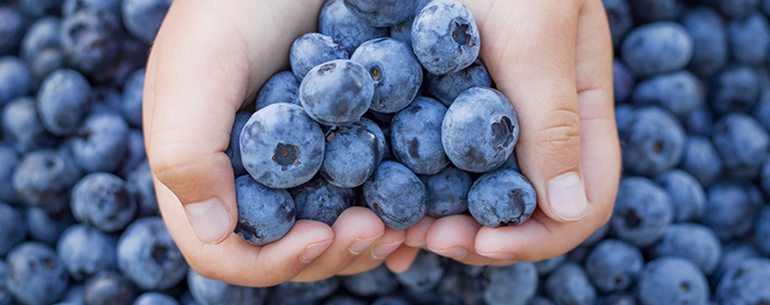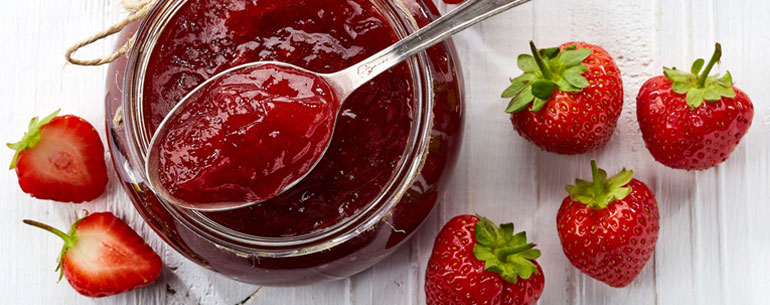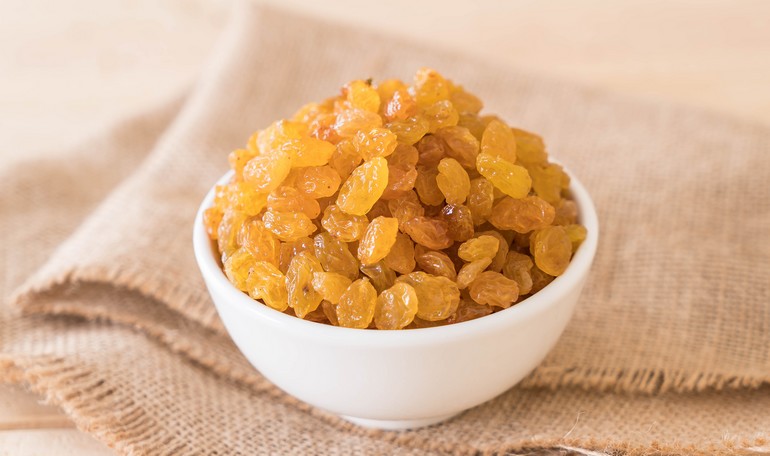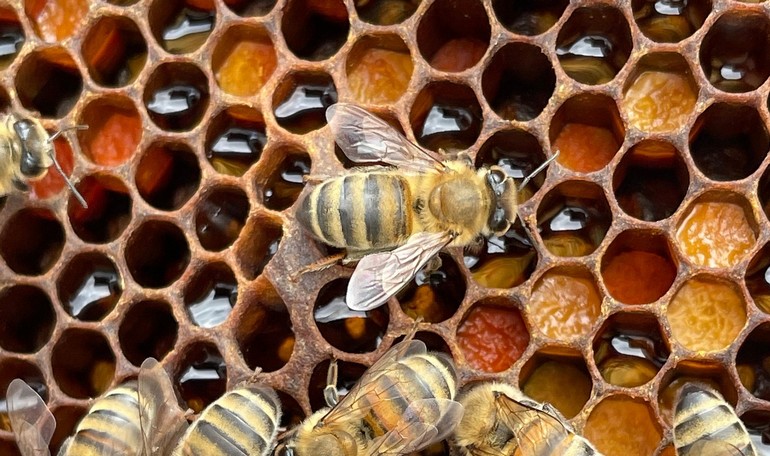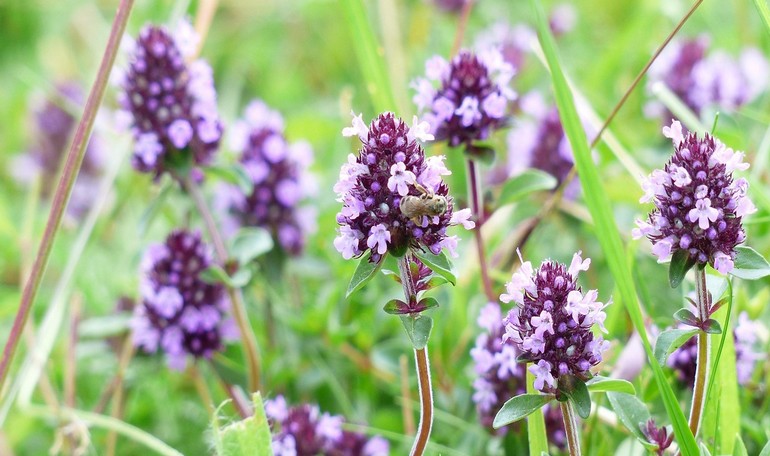The word from the nutritionist
Dried fruits: an healthy home made snack
Drying has always been popular in the farming culture, because it is perfect for storing large quantities of fruits and vegetables collected during periods of abundance and then reusing them when there is no product availability.
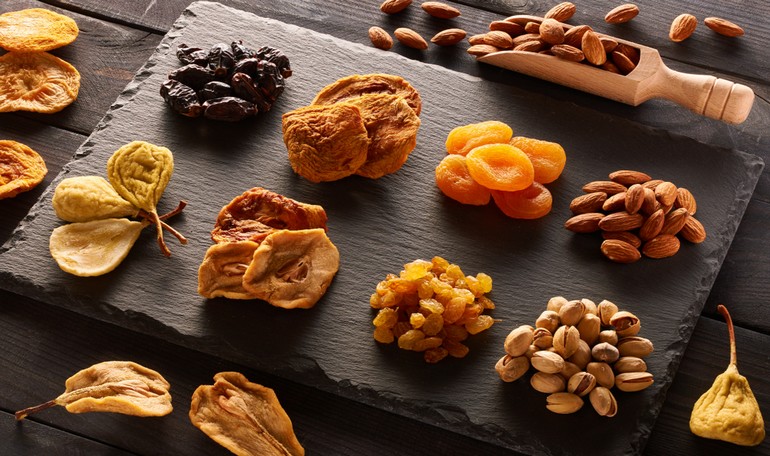
One of the most ancient method for food preservation is exsiccation. Many iconographic examples show us the use of this method, as well as the salting method, since the period of the ancient Egyptians, which they use for figs, dates, grapes and various herbs, dried outside or in rooms hidden from the sunlight with a natural stream of air. Drying has always been popular in the farming culture, because it is perfect for storing large quantities of fruits and vegetables collected during periods of abundance and then reusing them in the months when there is no product availability.
Even if it has lost some of its popularity over the centuries, it has still remained advantageous: is Easy, Natural, Healthy, Cheap and Ecological.
It’s easy: xxsiccation doesn’t require any specific training or knowledge from heavy books.
It’s natural: the dehydration process deprive bacteria from their ability to grow and stop their action.
It’s healthy: Dried food doesn’t need any chemical treatment or any other chemical substance.
It’s cheap: since only sun and air are used, it’s obvious! Even though an oven or a modern food-dryer are used, the power consumption is very low.
It’s ecological: drying your food allow you to preserve seasonal fruits and vegetables for years, directly from your grocery store, supermarket or garden without shipping them from the other side of the planet.
Fruits can dry in sunlight, especially during the hot temperature on a summer day. Put on webs or grids, it must be in airy places in order to protect from moisture, so it is important to keep it indoor during the night. The oven can be used every time of the year but in this case the process will take longer hours and can last for a few days. The exsiccation with the convection oven need a temperature between 40 and 60 degrees, with a standard oven it just require to slightly open the oven door. Nowadays there are many different types of domestic dryers, very functional and effective even for remarkable amounts of fruits.
Before every exsiccation process, it is necessary to carefully wash and dry the fruits and then thinly slice it. The size of every slice is very important: every millimeter need 2 or 3 hours to be completely exsiccated, so the whole process will take a minimum of one day to a maximum of few days, based on the thickness of the fruit slices.
For large fruits, such as peaches, the slices must be of 3-4 millimeters, equally in size and thickness, to make the exsiccation omogeneous and as fast as possible. To help the fruit to keep a nice vivid colour and to reduce the browning process due to the cut, soak the slices in cold water mixed with lemon juice.
For medium-sized fruits, such as plums and apricots, just cut them in half, for small fruits, like cherries and berries, just dry them as they are.
A correct exsiccation need to eliminate the 90% of the fruits’ water and the final product must be dry at touch and almost crunchy. Dried fruits must be kept sheltered from light in tightly closed containers, to avoid any absorption of air moisture, which lead to rehydration and mold. The whole process change the nutritional values from the fresh product. Certain vitamins, like vitamin C, eventually degrade, while minerals, fibers and antioxidants will concentrate. At the same wheight, the sugar rate of a dried fruit is far more high than a fresh one, because sugar concentrate, like other substances, without the water in the fruit.
The high rate of sugar makes dried fruits a very practical and energetic snack, easy to bring to work, sport, at school and in every situation where consuming fresh fruit can be difficult. Dried fruit can be also an appetizing idea to colour up your breakfast, with yogurt or a bowl of cereal, even to sweeten drinks, juices, desserts and cookies.
Published 23 October 2018

